Inka Naipe Souvenir
54 colour photographs of costumes and artefacts connected with the Inca civilisation, unknown publisher, Arequipa, Peru.
The Inca Empire (also known as the Incan or Inka Empire) was a relatively late development in Mesoamerican or Pre-Columbian history. The civilization arose from the Peruvian highlands sometime in the early 13th century. Earlier cultural traditions (Olmec, Maya, Toltec and Aztec) were absorbed within a new political, military and commercial framework. The Inca Empire became the largest empire in pre-Columbian America and was finally suppressed by the Spaniards in the 16th century.
‘Inka Naipe’ Souvenir
The court cards depict figures in Inca costume while different artefacts are displayed on the numeral cards. Full colour throughout. Titles in three languages in the border of each card, though the English and French translations are full of mistakes. There are two extra cards entitled “Talisman” and “Layja” (wizard or sorcerer?) which could act as Jokers but are not marked as such. Indices: K, Q, J, A. See the box►

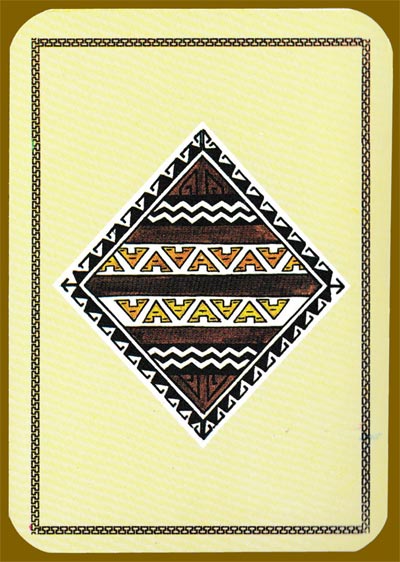
Above: ‘Inka Naipe’ Souvenir, unknown publisher, Arequipa, Peru. 52 cards + 2 extra cards in tuck box, glossy, poor quality card. Size: 62 x 89 mm. Maker and date unknown.
Speaking Objects
Objects which pre-date the Spanish conquest, apart from being beautiful or valuable, also tell stories: why or for what were they made? There is virtually no first-hand information available. The majority of the population died from Western diseases as a consequence of the Spanish conquest. Most of the gold artefacts were melted down by the Spaniards. Throughout the Inca kingdom tombs and temples have been looted with the same fever as expeditions scouring the Amazon forest today. Many European artists, architects and collectors have found these objects inspiring, because of their exceptional craftsmanship and aesthetic qualities.
By Roddy Somerville
France • Member since May 31, 2022 • Contact
Roddy started collecting stamps on his 8th birthday. In 1977 he joined the newly formed playing-card department at Stanley Gibbons in London before setting up his own business in Edinburgh four years later. His collecting interests include playing cards, postcards, stamps (especially playing cards on stamps) and sugar wrappers. He is a Past President of the Scottish Philatelic Society, a former Chairman of the IPCS, a Past Master of the Worshipful Company of Makers of Playing Cards and Curator of the WCMPC’s collection of playing cards. He lives near Toulouse in France.

Leave a Reply
Your Name
Just nowRelated Articles
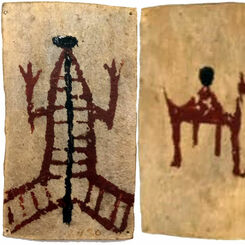
Aónikenk playing cards
Ethnographic playing cards made by members of the Aónikenk culture from Patagonia.

Visite Mexico
Promoting Mexican tourism with 54 different photographs in full colour.
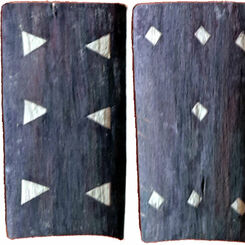
Ubo cards
Traditional Ubo cards from the Philippines made from tree bark.
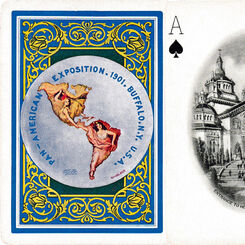
Pan-American Exposition Souvenir
Pan-American Exposition Souvenir Playing Cards, Buffalo, NY, 1901.

Romania Souvenir playing cards
High-quality souvenir pack with 53 different views of Romania.

Salzburg Souvenir
A souvenir pack with just one view – on the back!
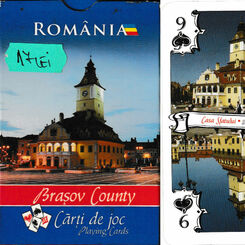
Braşov County, Romania
Souvenir pack featuring fortresses, museums, traditions, folk costumes, flora and fauna of Braşov Co...
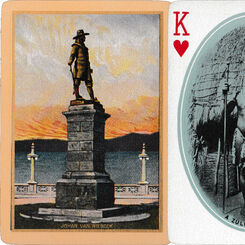
South Africa Souvenir
Photographic views of South Africa and Rhodesia.

The Times of Kamehameha The Great
Figures from Hawaiian history and scenes of everyday life designed by Joseph Feher.

Baraja Maya
Original designs inspired by Mayan art and culture published by Fernando Güemes, Mexico.
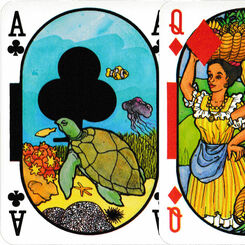
Martinique
Original designs from the French overseas department of Martinique by local artist Martine Porry.

Paintings from Bulgaria
Fifty-five paintings of Bulgaria published as “Sense of Bulgaria” by Land of Roses Ltd, Bulgaria, c....

Happy Playing Cards
Cheerful, colourful designs on handmade paper from Nepal.
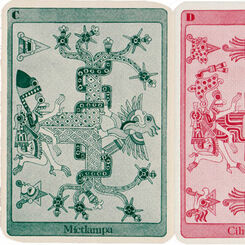
Tonalamatl
Baraja Tonalamatl Mexican Aztec playing cards based on the prehispanic Codex Borgia manuscript.

Líneas de Nazca
“Líneas de Nazca” souvenir playing cards, Peru, c.2008.

Inka Culture
Inka Culture playing cards, Peru, c.2000, promoting alpaca and cotton.

Calendario Inka
“Calendario Inka” playing cards published by Power Casinos, Lima, Peru, c.2004.

Fenno, Peru
Fenno souvenir playing cards, made in Peru.

Cusco Inca Souvenir
Pre-Incas & Incas Souvenir Playing Cards, Cusco, Peru, 2000.
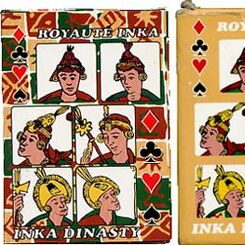
Inka-Dynasty
'Inka-Dynasty' playing cards are based on historic 16th century designs by the Peruvian chronicler F...
Most Popular
Our top articles from the past 60 days


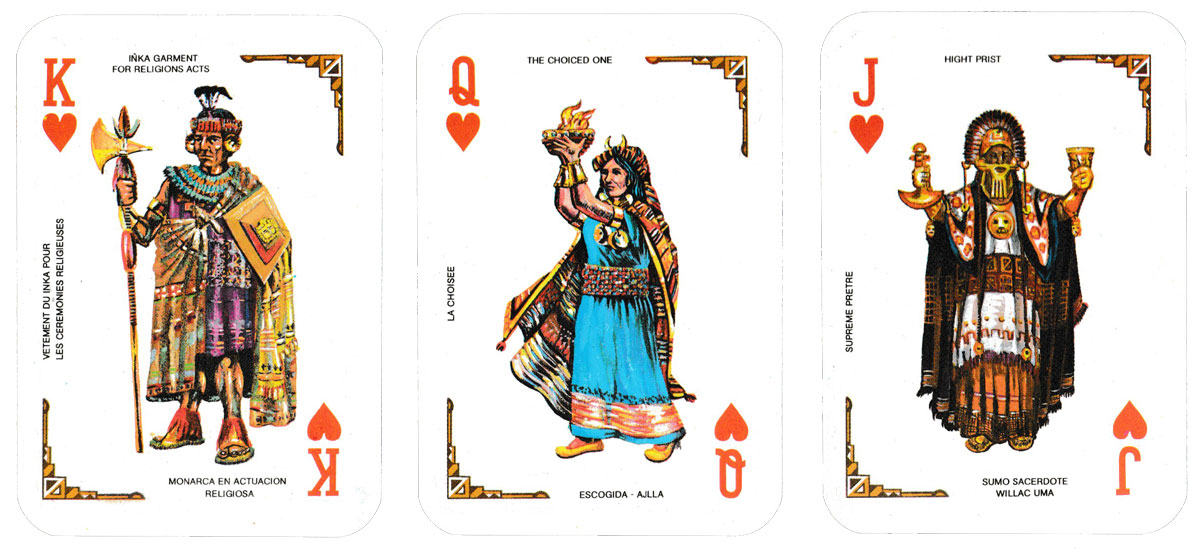

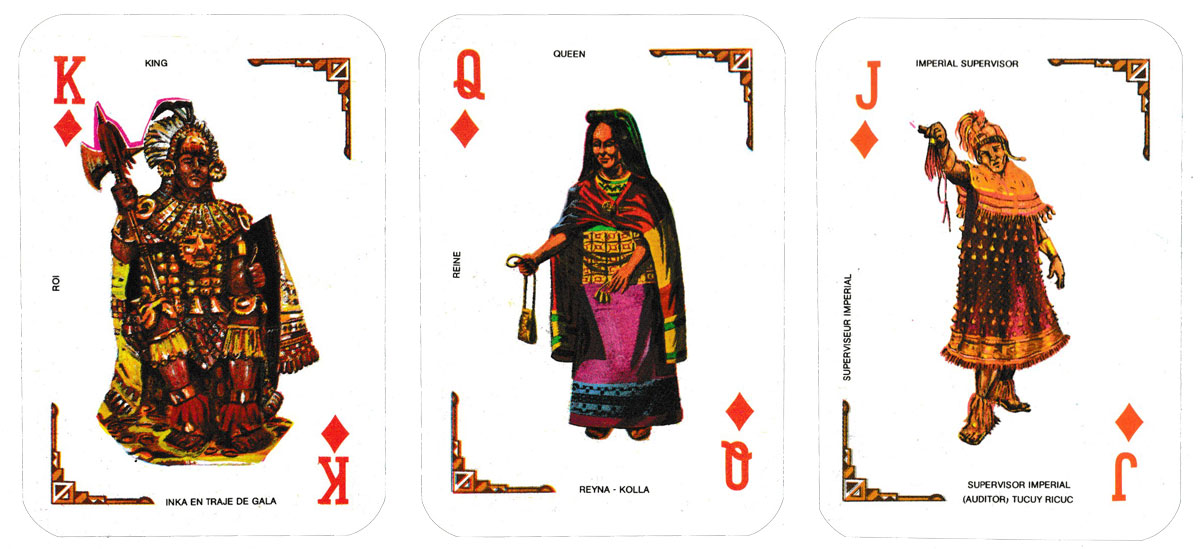


 Your comment here. Your comment here. Your comment here. Your comment here. Your comment here. Your comment here. Your comment here. Your comment here. Your comment here. Your comment here. Your comment here. Your comment here. Your comment here. Your comment here. Your comment here. Your comment here. Your comment here. Your comment here. Your comment here. Your comment here. Your comment here. Your comment here. Your comment here. Your comment here. Your comment here. Your comment here. Your comment here. Your comment here. Your comment here. Your comment here. Your comment here. Your comment here.
Your comment here. Your comment here. Your comment here. Your comment here. Your comment here. Your comment here. Your comment here. Your comment here. Your comment here. Your comment here. Your comment here. Your comment here. Your comment here. Your comment here. Your comment here. Your comment here. Your comment here. Your comment here. Your comment here. Your comment here. Your comment here. Your comment here. Your comment here. Your comment here. Your comment here. Your comment here. Your comment here. Your comment here. Your comment here. Your comment here. Your comment here. Your comment here.




















